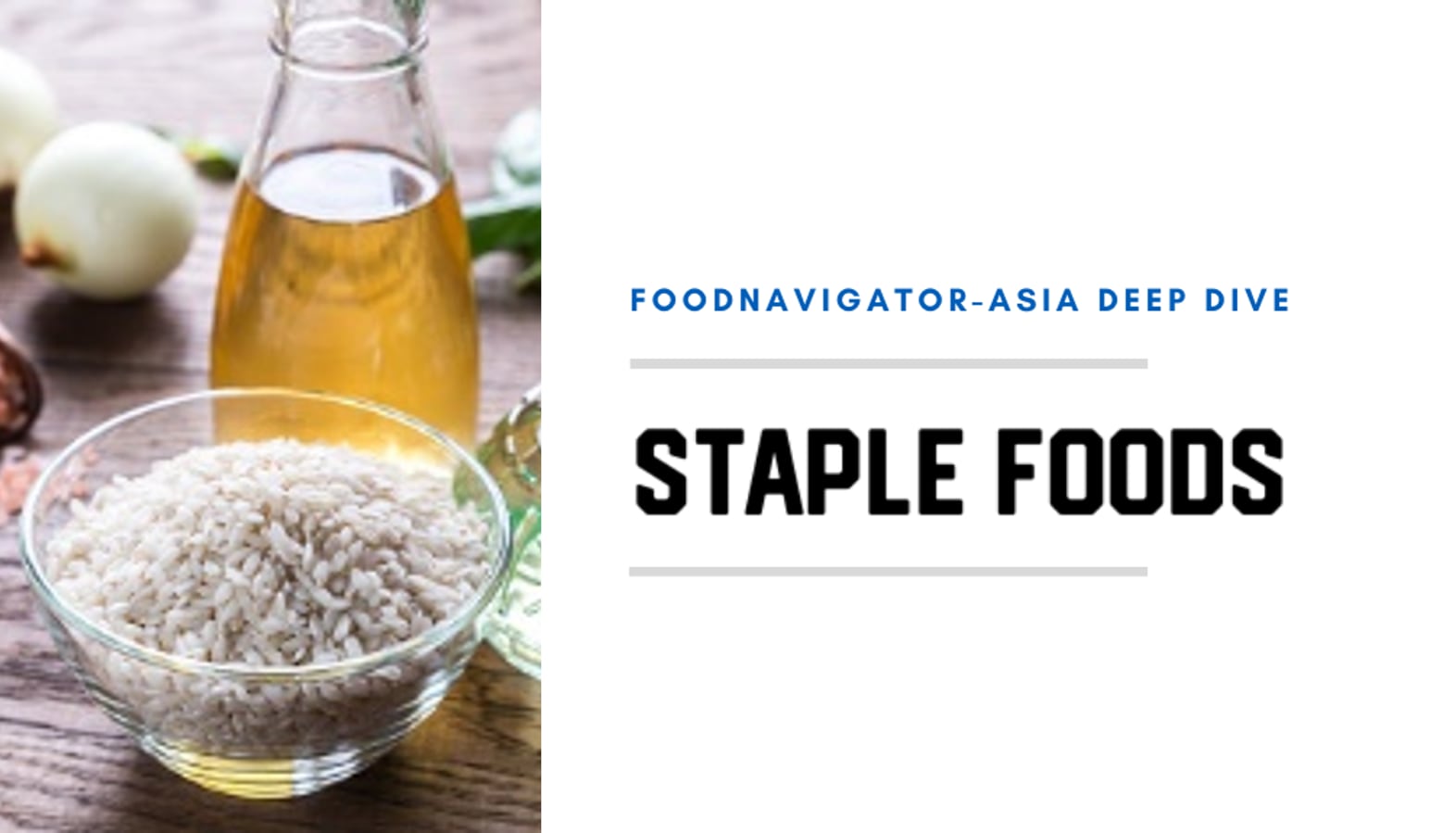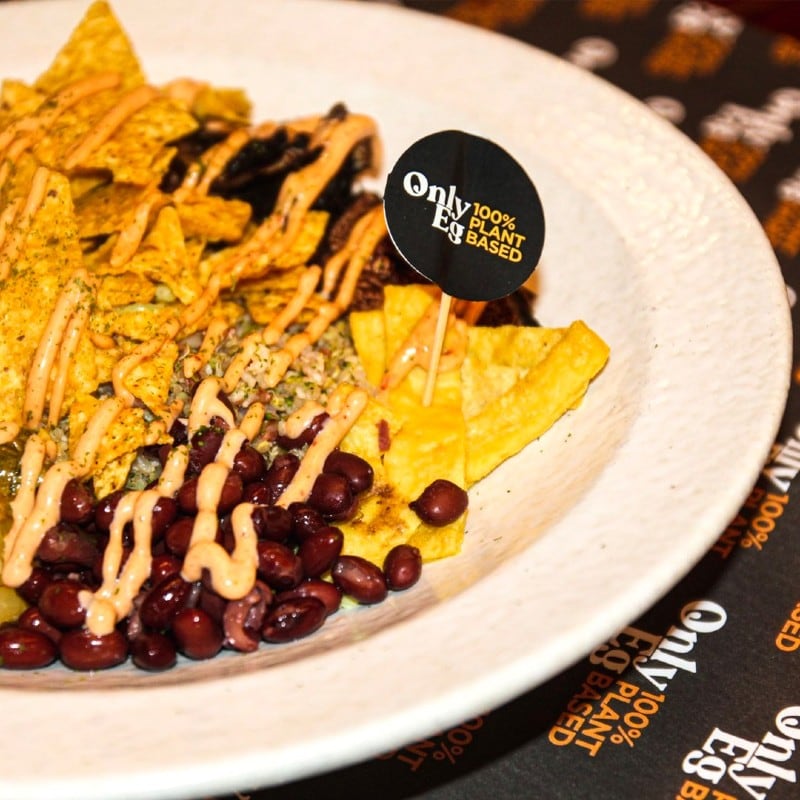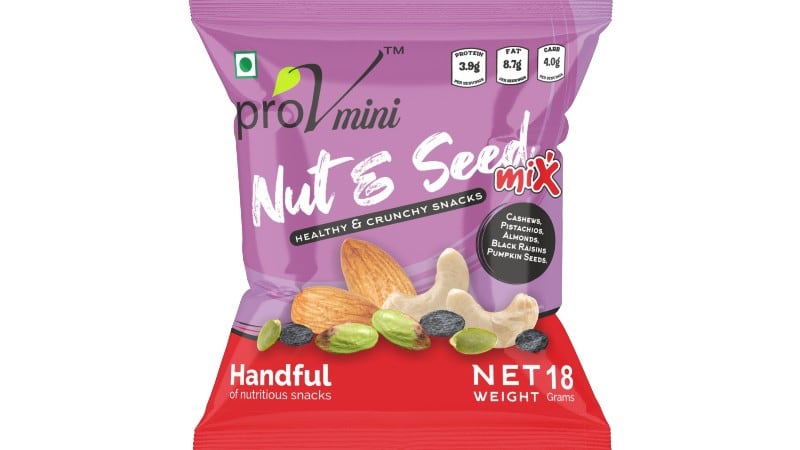In this edition of the FNA Deep Dive, we take a closer look at how firms within the staple foods market are tapping on these trends to create new products within the age-old sectors in order to keep up with consumer demands in APAC.
Rice is undoubtedly the most popular staple in the region, but in recent years its consumption has also been met with concern by consumers worried about diabetes and obesity.
Such concerns have fuelled innovation in firms looking to ensure broader appeal, such as Singapore’s The Little Rice Company which has developed a new form of low-GI brown rice.
The rice has a certified glycaemic (GI) index of 46, which the firm claims to be the lowest-GI wholegrain rice product in the country.
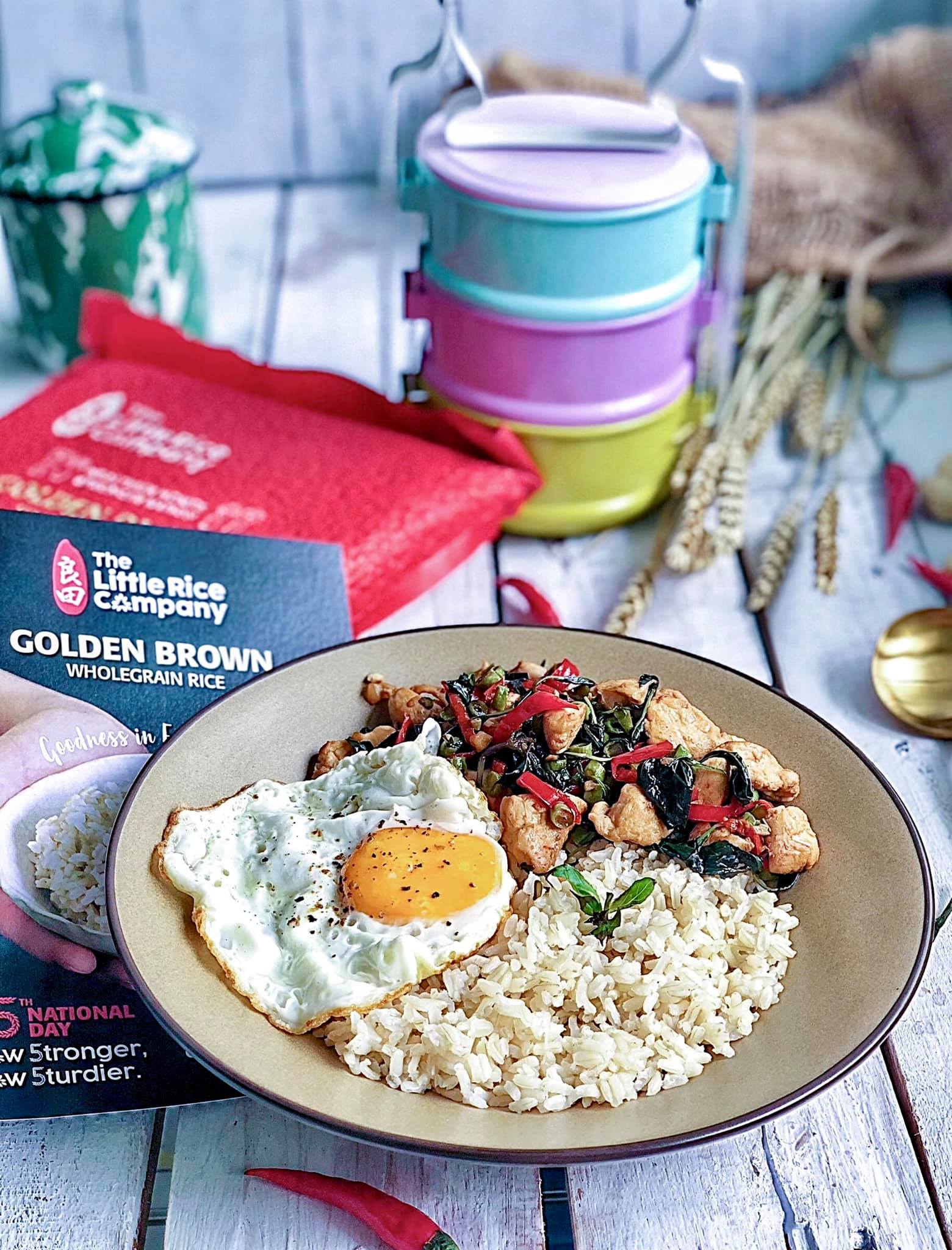
“Brown rice doesn’t necessarily always mean healthier rice - In fact, many brown rice products from countries like Thailand and Vietnam have mid to high GI index,” Executive Director of The Little Rice Company parent firm Golden Sunland Singapore See Kuen Shee told FoodNavigator-Asia.
“The awareness level among Singaporean consumers is quite appalling regarding this issue - Many people are looking for alternatives to rice, rather than choosing healthier options of the staple itself.
“As such we are working to educate consumers, especially people with diabetes, on the availability of healthier rice options such as this lower-GI variant, in conjunction with our partners.”
From a sustainability standpoint, the firm has also noted increased demand in this area and has adopted a water management system at its own farm in Myanmar that involves intermittent flooding, reducing water usage by 50%.
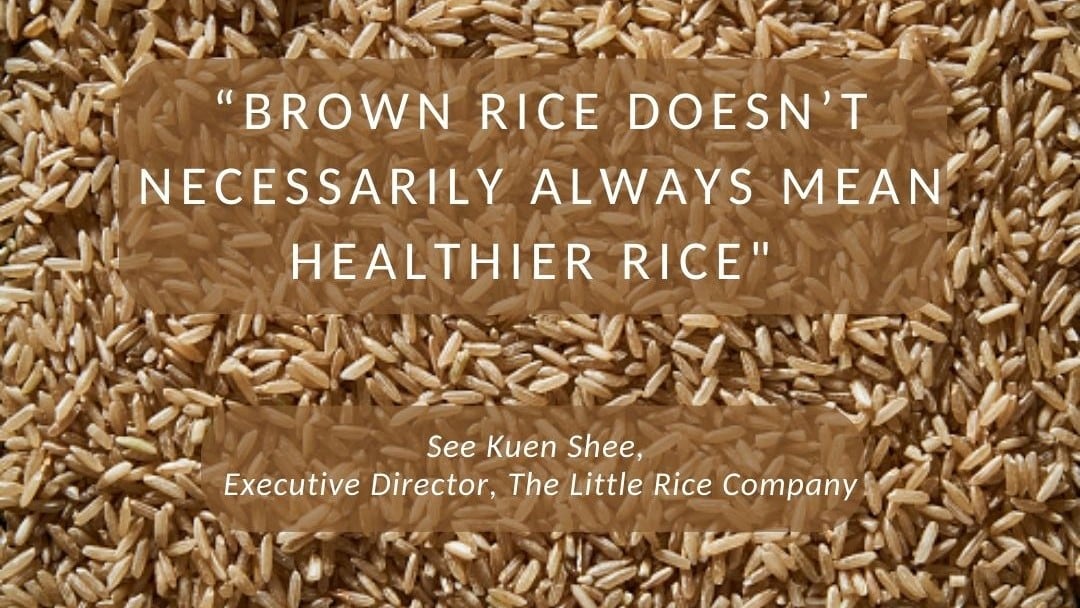
“The Little Rice Company has also obtained verification from the Sustainable Rice Platform (SRP) which is co-convened by United Nations Environmental Programme (UNEP) and the International Rice Research Institute,” he added.
“It [focuses on] resource efficiency as well as sustainable trade flows, production operations and supply chains in the global rice sector.”
Similarly, over in the edible oils sector there is a rising demand for healthier variants of oils to be consumed, even within sectors previously considered to be integrally ‘healthy’ on their own such as olive oil.
“Over the past five to six years, focusing on the health and wellness angle has become increasing important for us,” olive oil specialist firm Laconiko Co-Founder Diamantis Pierrakos told us.
“We have noticed a rising trend of consumers appreciating stronger, more robustly-flavoured oils [as they] are starting to learn that those oils are healthier and typically harvested from very young fruit.
“Since realising this trend, we have put a very big emphasis on it and [this] has forced us to change our production over the years to focus on early harvest production [to obtain] very young green fruit and the corresponding olive oil.
“In addition to the ‘healthier’ taste that comes with this, we also put a big emphasis on the antioxidant aspects as olive oils contain high concentrations of these – one of our key production criteria is to harvest in a specific way to [maximise this], and we showcase the antioxidant breakdowns in our products due to this, which is rare in the market and one of the factors that helps us to stand out.”
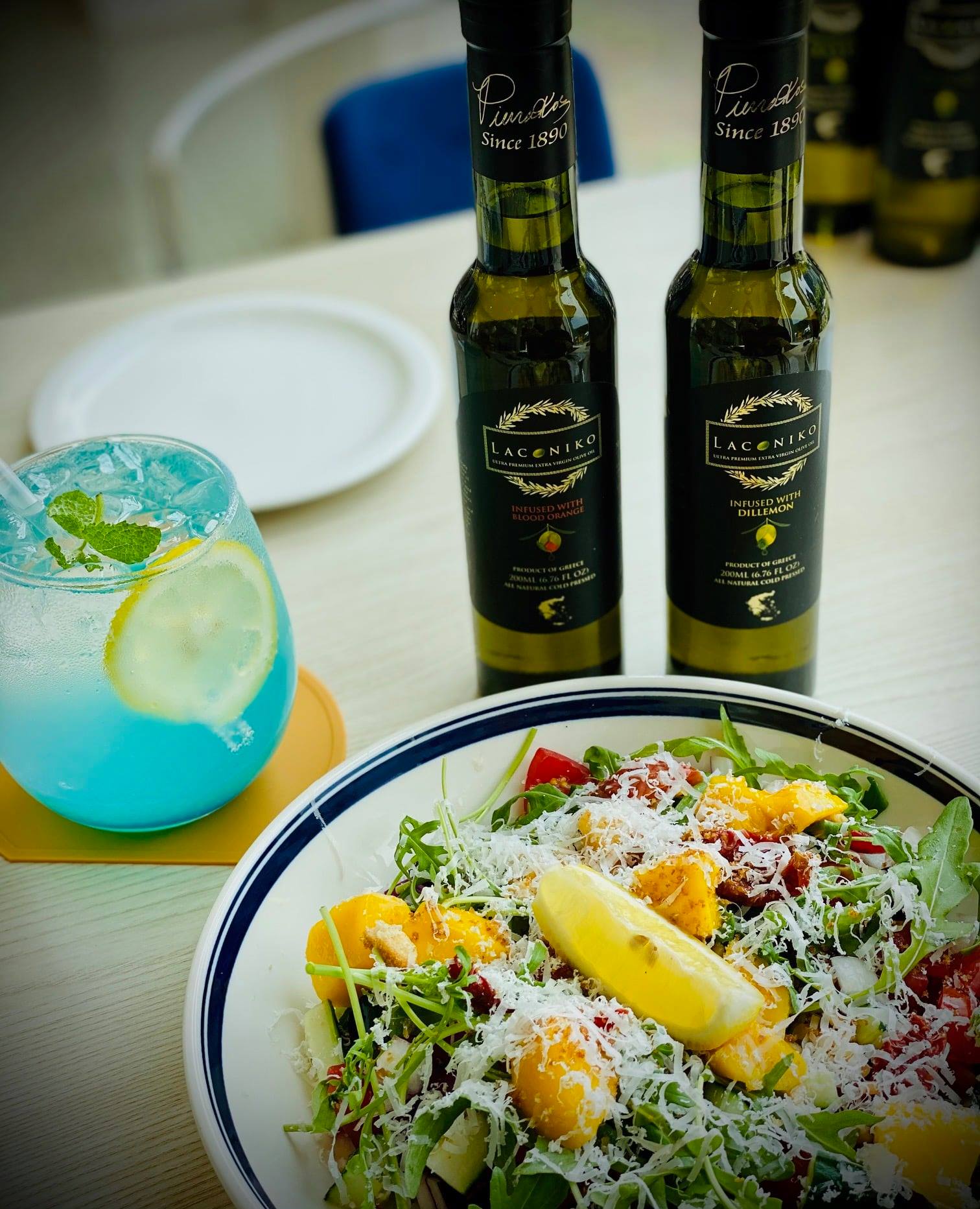
Another staple food in which healthier innovation is becoming a strong focus is salt, which is relatively unsurprising given the rapid rise of sodium-related diseases such as high blood pressure and heart disease.
“Although just about every cuisine uses salt as a flavouring, not all salt is created equal,” Saiher Zaka, Brand Director for Middle Eastern conglomerate GMG and its premium salt, herbs and spices arm Sapora, told us.
“For instance, Himalayan pink salt is less processed than regular table salt making it more natural, and Sapora’s Himalayan pink salt is 100% organic – This is usually found as crystals for sprinkling due to its premium nature, but we have also developed a fine grain version that can be used for everyday cooking to reach a broader audience.
“Such is our faith in consumer demand for such this that GMG recently completed the world’s second-largest fully-automated Himalayan pink salt, located in the UAE, which is capable of producing some 200,000 kilogrammes of this daily.”
Sustainability in palm oil
No variant of vegetable oil has been more ensconced in the area of sustainability than palm oil, especially after the European Union (EU) recently announced its new deforestation regulation which is expected to hit the palm oil sector hard.
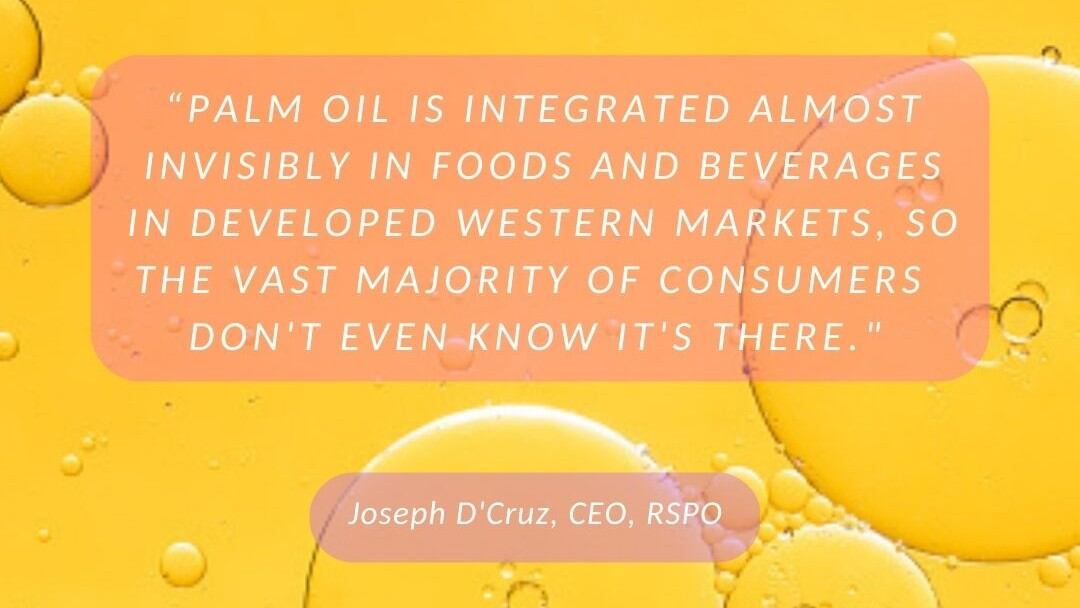
The entire palm oil production sector is up-in-arms protesting this new development, particularly producer markets in South East Asia which are uniting to protest this at a global level in front of the World Trade Organisation (WTO).
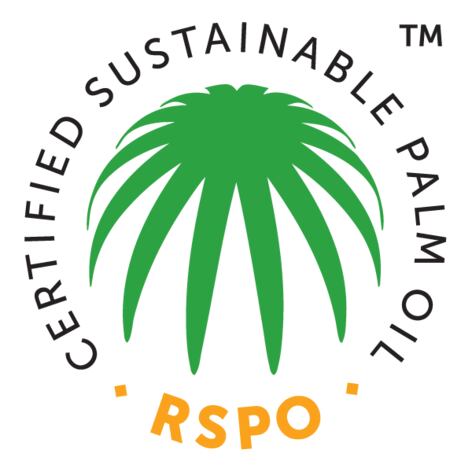
Amidst all of this, leading global sustainable palm oil organisation Roundtable for Sustainable Palm Oil (RSPO) has called for the role of palm oil in food supply systems and its widespread use in food and beverage products to be clarified and magnified amongst consumers across the various markets in order to bring down the current resistance seen against palm oil.
“In Asia, we deal with palm oil face-to-face, using it for cooking and in many products [but] in many Western European markets, it's embedded in many things [but] remains essentially hidden,” RSPO CEO Joseph D’Cruz told FoodNavigator-Asia.
“Unfortunately, because of the way the supply chain or the marketing works, this take place almost invisibly so the vast majority of consumers of ramen noodles or cookies or cakes in developed Western markets don't realise how integral palm oil is to those products.
“So sometimes I get a sense that the attitudes towards palm oil in some consumer markets are actually based on a misunderstanding of how critical palm oil is to those markets, and if we can guide people to have a deeper appreciation for the incredibly important role palm oil plays, then maybe we can have a much more informed conversation about why sustainable palm oil needs to be an essential part of the entire food system.”
Watch the video below to find out more.
Traceability capabilities key to maximise health and sustainability
Although the trend for these staple foods is currently very much rooted in sustainability and health, some firms believe that the only way to truly meet consumer demands in these areas is to ensure that there is a traceability process in place.
“We have found it very important to be able to control quality as well as trace the sources of our products to specific regions [as this information is often] desired by discerning consumers,” Australia-based grain and oils firm GrainCorp Foods ANZ Business Manager Shelley Miners told us.
“This is why in our experience [of over a century] we have developed an end-to-end supply chain around the world [so we can] own every step of the process from farm to receival, processing to port, and shipping to the final destination.”
Graincorp was initially founded by the Government of New South Wales as a public agency in 1916, and privatised in 1992 upon which it expanded operations not only into other Australian states but also various international markets including New Zealand, China, India, South East Asia, South Korea, the United Kingdom, Ukraine and more.
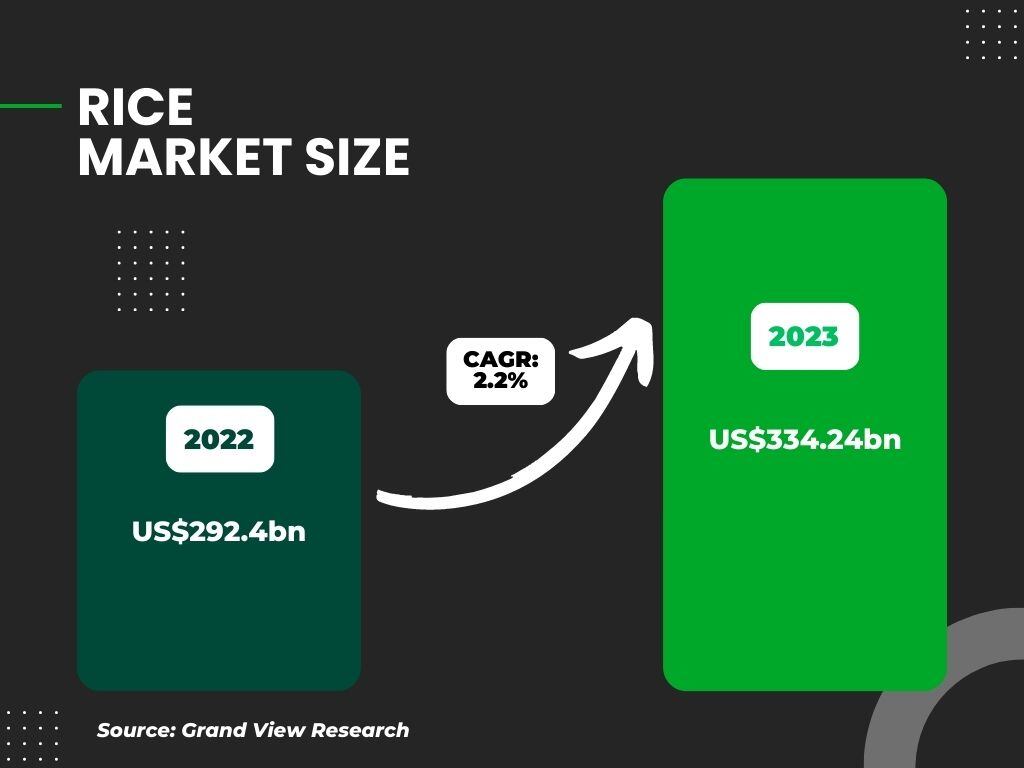
“The other benefit of this is that [we are able to incorporate] our unique in-house testing capabilities for oils in the process, which enables us to test for oil contaminants 3-MCPD (3-monochloropropanediol) and GE (glycidyl fatty acid esters) - This is particularly critical in our development and production of infant formula oils,” Miners added.
“We also work with CSIRO to develop ways to increase oil recovery during extraction and improve refining methods.”
In addition, the firm also sees the plant-based market as an important one for various types of staple foods such as grains and oils to grow and innovate further moving forward, particularly when taking the younger generation of consumers into account.
“We are seeing that in the APAC region, the general population and particularly younger consumers seem more interested in trying new food products [with an added demand] for healthier, plant-based proteins,” she said.
“There is a growing appetite for flexitarian and vegan eating options, driving the development of various related sectors – for us, we have seen this for our plant-based baking products.”
Replacing common staples with new innovations
The onus is on staple food firms to innovate in line with current trends to remain in favour with consumer demands – and failure to do so could well eventually result in replacement by one way or the other.
Taking salt as an example, a good deal of regulatory focus has recently been on reducing the sodium content of food products in markets such as Thailand – and to make things even more grave for salt firms, there are already alternatives in the market that can cut down its use or one day even possible replace it, namely monosodium glutamate or MSG.
According to Japanese food giant Ajinomoto, MSG and an array of other related amino acid technologies have immense potential to help reduce salt consumption in the APAC region, and the firm is already looking into promoting it as a viable and potentially healthier alternative.
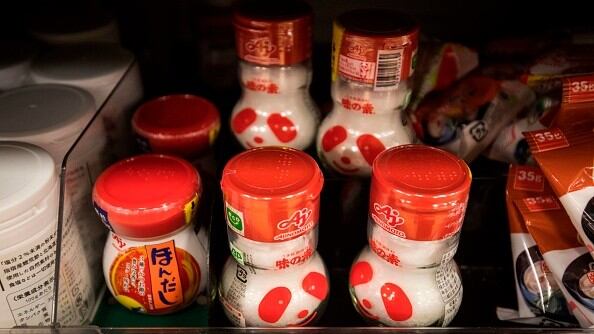
“Ajinomoto looks to reduce salt intake in the region [as research has shown that] the average daily salt intake in many Asian countries is roughly double the WHO recommendation of just 5g per day, from Thailand (13g) to Japan (12g),” Ajinomoto Global Communications spokeswoman Manasi Pethkar told us.
“Our amino acid technology is uniquely positioned to do so as it has the ability to add the umami flavour to foods, which provides a meaty, savoury flavour that allows for salt content to be cut without loss of flavour.”
The main factors standing in the way of Ajinomoto really replacing a lot of if not all salt content in foods are consumer perception as well as pricing to a smaller extent – both are challenges that the firm is actively working to overcome.
As such, if the firm can truly manage to change its major tribulation and correct negative consumer perceptions, allowing for much higher demand in MSG to replace salt, the salt industry could well and truly have a crisis on their hands.


